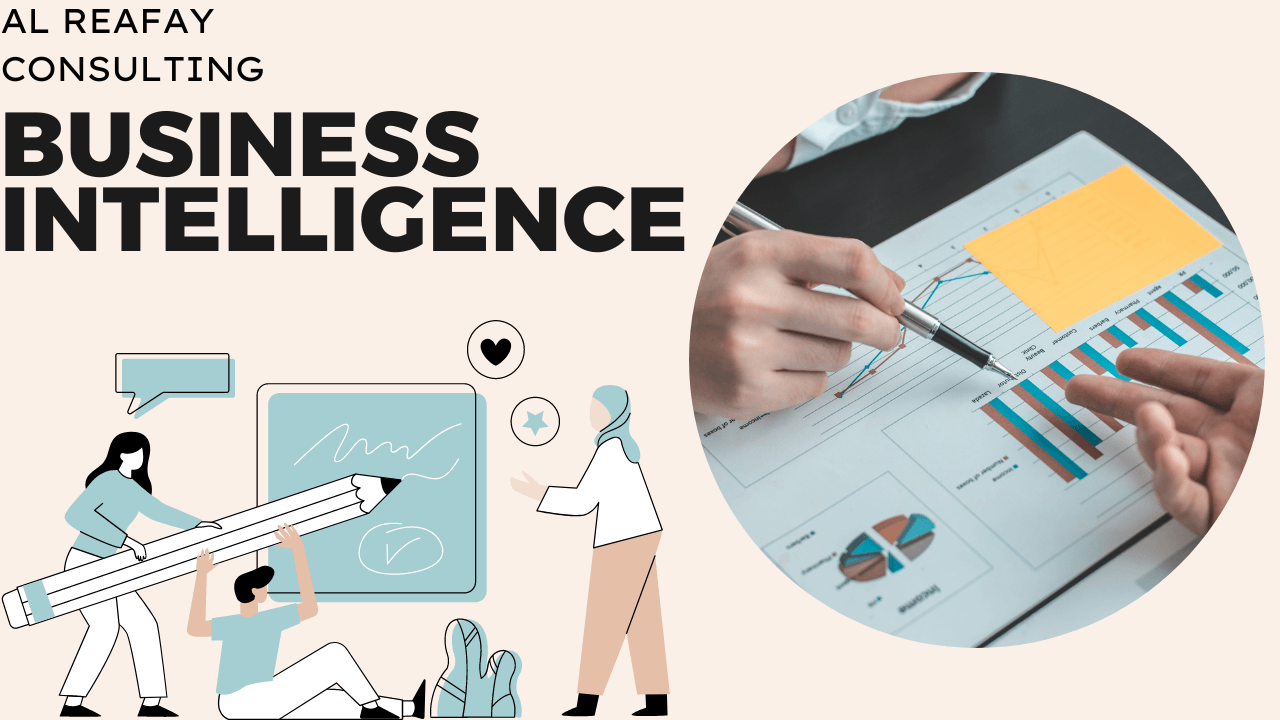What is business intelligence? Turn data into business insights
Business intelligence definition
Business intelligence (BI) uses software and services to turn data into actionable insights that inform an organization’s strategic and tactical business decisions. BI reporting access and analyze datasets and present analytical findings in reports, summaries, dashboards, charts, graphs, and maps to provide users with detailed information about the state of the business. The term business intelligence often also refers to a set of tools that provide quick, easy-to-digest access to insights about the current state of an organization, based on available data.
Examples of business intelligence
Reporting is a central facet of business intelligence and the dashboard is arguably the archetypal BI tool. Dashboards are hosted software applications that automatically aggregate available data into graphs and charts that give an idea of the immediate state of the business. While business intelligence doesn’t tell business users what to do or what happens if they follow a certain course, BI isn’t just about generating reports. Rather, BI provides a way for people to examine data to understand trends and gain insights by streamlining the effort required to find, assemble, and search the data needed to make sound business decisions.
For example, a company looking to better manage its supply chain needs BI capabilities to determine where delays occur and where variables exist within the shipping process, said Chris Hagans, vice president of operations at WCI Consulting, a consulting firm focused on BI. That company could also use its BI capabilities to discover which products are most often delayed or which modes of transportation experience the most delays.
The potential use cases for BI go beyond the typical business performance metrics of improved sales and lower costs, said CindiHowson, research vice president at Gartner, an IT research and consulting firm. She points to the Columbus, Ohio school system and its success in using BI tools to examine countless data points — from attendance rates to student achievement — to improve student learning and high school graduation rates. BI vendors Tableau and G2 also provide concrete examples of how organizations could use business intelligence tools:-
- A cooperative organization could use BI to track member recruitment and retention.
- BI tools can automatically generate sales and delivery reports based on CRM data.
- A sales team could use BI to create a dashboard that shows where each rep’s leads are in the sales pipeline.
Business intelligence versus business analytics
One thing you will have noticed about those examples is that they provide insight into the current state of the company or organization: Where are sales prospects in the pipeline today? How many members have we lost or gained this month? This comes to the main distinction between business intelligence and another related term, business analytics.
Business intelligence is descriptive, telling you what is happening now and what has happened in the past to put us in that state. Business analytics, on the other hand, is an umbrella term for data analytics techniques predictive – that is, they can tell you what is going to happen in the future – and prescriptive – that is, they can tell you what you should be doing to create better results. (Business analytics is usually thought of as that subset of the larger category of data analytics that focuses specifically on business.)
Business intelligence strategy
In the past, IT professionals were the main users of BI applications. However, BI tools have evolved to be more intuitive and easy to use, allowing a large number of users in different organizational domains to use the tools. Gartner’s Howson distinguishes two types of BI. The first is traditional or classic BI, where IT professionals use internal transaction data to generate reports. The second is modern BI, where business users interact with flexible, intuitive systems to analyze data faster.
How son explains that organizations generally choose classic BI for certain types of reporting, such as legal or financial reporting, where accuracy is paramount and the questions and datasets used are standard and predictable. Organizations typically turn to modern BI tools when business users need insight into rapidly changing dynamics, such as marketing events, where being fast is more important than getting the data 100 percent correct. But while solid business intelligence is essential for making strategic business decisions, many organizations struggle to implement effective BI strategies due to poor data practices, tactical errors, and more.
Self-service business information
The drive to make it possible for virtually anyone to extract useful information from business intelligence tools has led to self-service business intelligence, a category of BI tools aimed at eliminating the need for IT intervention in report generation. Self-service BI tools enable organizations to make the company’s internal data reports more readily available to managers and other non-technical personnel.




